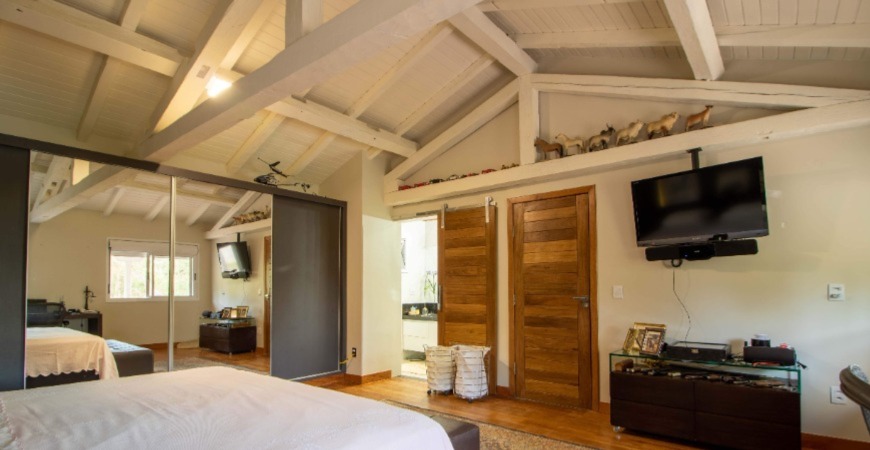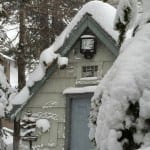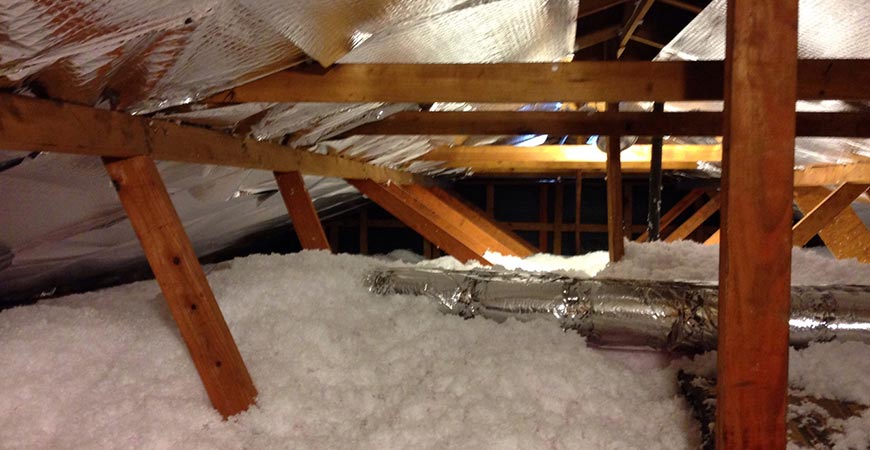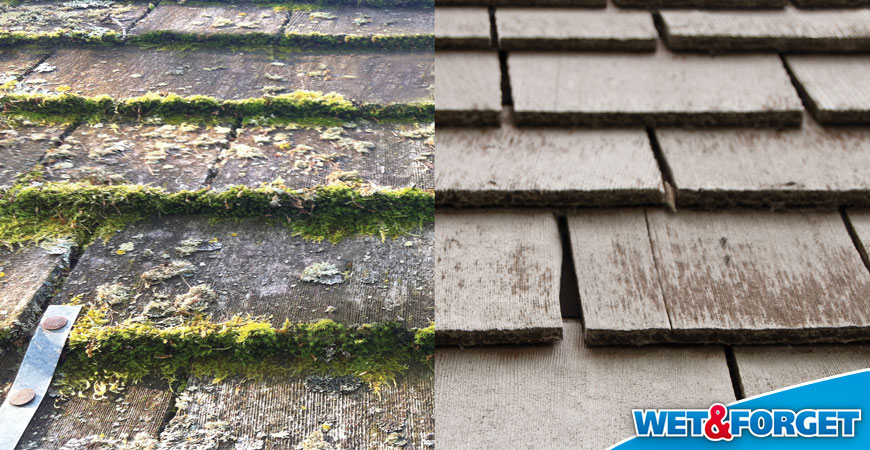
Winter Insulation Tips for Your Home
When temperatures start to drop, you want your home to stay toasty. Instead of running your heater 24/7 to keep you warm, spend your money efficiently by using high-quality winter insulation in your attic, ducts, and foundation.
Insulation keeps your home’s interior spaces warm by preventing heat from escaping. When your home stays warm, you’ll spend less on your heating and utility bills.
So, it’s best not to consider insulation as something you can ignore. Think of it as an investment, and one whose return you can measure in lowered energy bills and improved home value.
What’s R-Value and What Does It Mean For Your Winter Insulation?
Whenever you purchase new insulation, you should find a listing of its R-value somewhere on the packaging. R-value measures how well the insulation stops heat flow, and the higher the R-value, the better the insulation insulates.
The insulation’s packaging should clearly state the product’s R-value. R-value will also go up as the thickness of the product increases.
What’s the Difference Between Blow In and Sprayed Insulation?
The two most common types of home insulation are blown-in and spray-in foam. Each has its advantages, and which is best for your home depends on your specific needs.
Spray-in foam insulation often offers the highest R-value because it expands when sprayed. It can thoroughly fill in cracks and crevices where heat is known to escape.
However, this form of insulation is often the most expensive to install, mainly because you’ll need professionals to mix the product and apply it on-site. On the other hand, foam insulation can also add to your home value.
Spray-in foam is best in exterior walls or injected into already finished areas. Due to the way it expands, it’s also suitable for irregularly shaped spaces or ones that are difficult to reach.
With all this praise for foam, it may be hard to understand why we’re even talking about blow-in insulation. Well, first, blow-in or loose-fill insulation can be nearly as effective while also costing much less.
Additionally, when loose-fill fiberglass is the insulation blown in, it can help prevent moisture build-up and fungus, mold, and mildew growth.
However, there are a couple of downsides to blown-in insulation.
First, it can settle by as much as 20 percent, leaving gaps or thinner areas of insulation where heat can easily escape. Second, some fiberglass products leave unhealthy recycled glass particles floating in the air.
Homeowners commonly use blown-in, loose-fill insulation in attics. Since it tends to settle, consider using it when the insulation is horizontal, such as on floors above unheated garages.
Both varieties can be useful, especially in areas that play to their strengths.
Does Attic Insulation Help in Winter?
Heat rises. So, much like how a hat keeps you warm outside, an insulated attic can keep your house at a comfortable temperature even when temperatures drop.
Spray-foam attic insulation can be tempting due to its high R-value, but loose-fill, blown-in insulation also has its use in the attic. If your attic is unheated, loose-fill insulation in the floor can help prevent the heat from your home’s living areas from reaching an unused attic.
Of course, no one will blame you for wanting spray foam attic insulation. It will help insulate walls, both new and already enclosed ones, and work effectively in unfinished attic floors, too.
You can also use both types in your attic, with blown-in insulation as the primary insulator and spray-in foam insulation, filling any cracks, gaps, or difficult-to-reach spots. So, when it comes to the best attic insulation for cold climates, either will help keep your home warm.
Whatever cold attic insulation you choose, conduct any needed roof repairs first. Patching leaks and ensuring the roof is in good condition will only aid your preferred insulation product.
Does Duct Insulation Keep Your Home Warm?
Though many homes use ducts as part of their HVAC system, they are a highly inefficient provider of warmed or cooled air. Put simply, ducts are leaky.
So, if your ducts move through unconditioned portions of your home (such as attics, basements, or garages), ensure they’re sealed and insulated. This will help prevent heat from escaping into parts of your house that don’t need it.
You’ll likely need your HVAC contractor to install rigid fiberboard insulation directly into the ducts. It can add to the price of duct installation, but you may make up some of those costs by preventing heat from escaping.
So, consider asking your contractor how much duct insulation costs. If your ducts run through unconditioned spaces, the cost is often worth it.
Do You Need Foundation Insulation?
You may think your basement doesn’t need insulation since, as we noted earlier, heat rises. However, insulating your foundation will help keep a finished basement or other below-grade rooms comfortable and combat pest infestations, moisture build-up, and even radon penetration.
Suppose you have a crawlspace beneath your home. In that case, you can take a couple of different approaches to your insulation.
First, you choose to insulate the foundation walls so that any ductwork or piping stays within the insulated areas, which boosts efficiency. Second, you can insulate the floor between your home and the crawlspace, allowing for easier repair and for lingering moisture to dissipate.
Unfortunately, if you’re not building a new home, adding new insulation to your foundation can be an expensive and involved process. It’s typically better suited for new home construction, where contractors can more easily install and integrate concrete blocks or rigid foam boards.
The Right Winter Insulation Can Help Your Thermostat Stay Up and Keep Your Energy Bills Down
Keeping your home warm when temperatures drop can be expensive. Don’t make things even harder on your heater by forgoing proper insulation.
If your home is already insulated, but you still find your energy bills soaring, have an expert check your attic, ducts, and foundation. Your blown-in insulation may have settled, or you may find some places lack any insulation whatsoever.
For more advice and information about keeping your home warm, beautiful, and comfortable this winter season, keep coming back to the AskWetAndForget.com blog.













